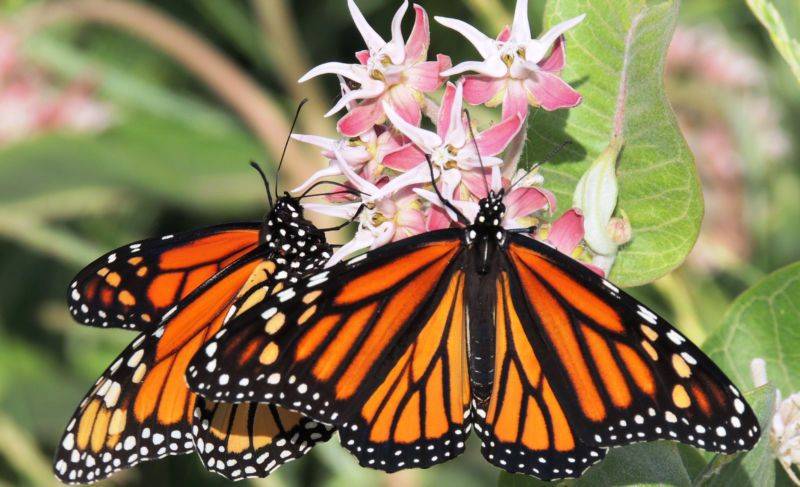
The organic state Sikkim is not just a heavenly destination for mesmerizing natural beauty, but also in fame for butterfly biodiversity. The North Eastern state has a high variation in vegetation and climate and a unique geographical location. This makes Sikkim one of the butterfly hotspots in the world. Even, there is a proposed Butterfly Reserve in Sikkim which aims to be a celebration of the butterfly, found in abundance in the region.
As per reports, the state of Sikkim is a home to nearly 700 species of butterfly from the iconic Kaiser-i-Hind to the recently rediscovered Small Wood brown butterfly. As per a new study, it has found that the indigenous farming systems in this area are not affecting butterfly diversity. Moreover, the team from Sikkim University found that organic farming has increased the species diversity. This was even higher than the diversity in the nearby forest ecosystem.
More than 268 species identified
As per reports, the team of the university have analyzed and studied the large cardamom, mandarin orange, farm-based agro forestry and the natural forests in Sikkim which has recorded a total of 268 butterfly species belonging to six families in these areas. The butterfly communities has included two-third forest specialists, one-third monophagous (feeding only on one type of food), and one-fifth conservation concern species. The paper recently published in Ecological Indicators notes that “diversity was determined by tree species richness, tree density, canopy cover, elevation and mean annual temperature.”

Bhoj Kumar Acharya, the team leader from the university’s Department of Zoology said that this study has helped break the stereotype that agriculture declines the wild biodiversity. The traditionally managed agroecosystems are not only the system for food production but are an important ecosystem that harbors habitats for different species of plants and animals. He adds that it is important to note that Sikkim is a fully organic state and results may vary when studied on farmland that uses chemicals. “To check this we have now started a study to compare the diversity of butterflies in the different agroecosystems in Sikkim and Darjeeling,” he adds.















